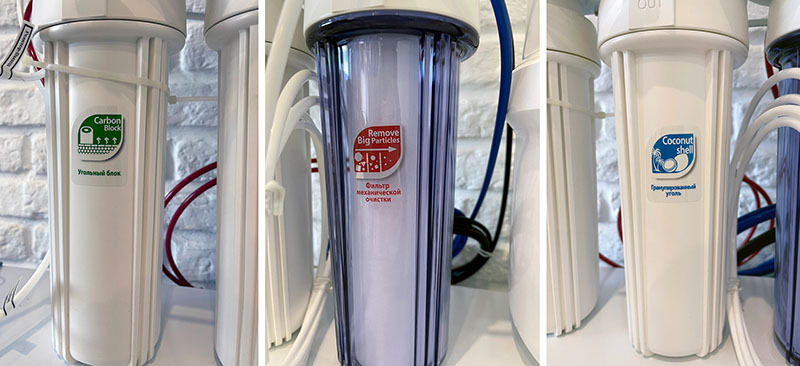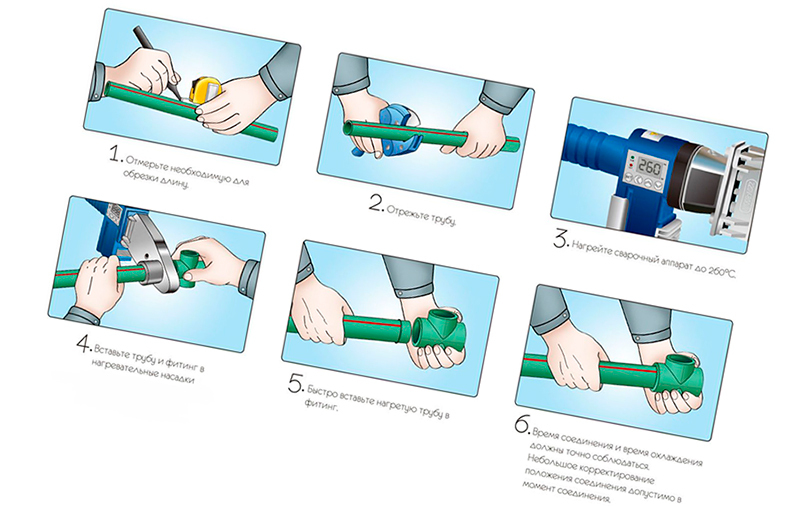Most engineering communications are laid with pipes. When choosing them, they pay attention to the material and characteristics. The use of metal products faded into the background. Pipes made of cross-linked polyethylene for water supply allow you to lay communications of any complexity.
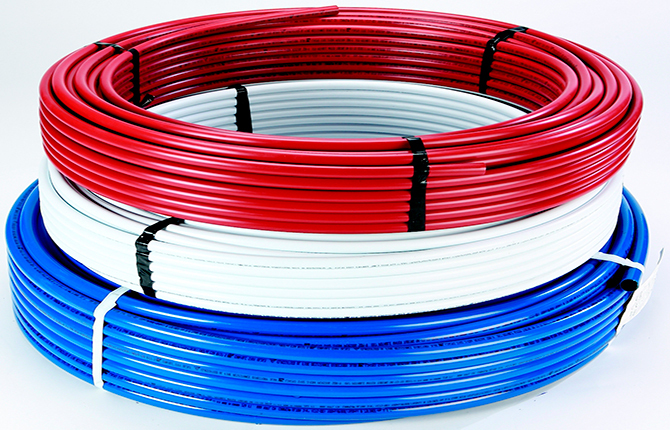
The content of the article:
- Areas in which pipes made of this material are used
- Features and production technologies
- Pros and cons of products
- How to choose products
Areas in which pipes made of this material are used
XLPE pipes have versatile properties. They are durable and resistant to negative factors, including high temperatures. This determined their use for the construction of such communications:
- Water supply. XLPE pipes are used for hot and cold water pipelines. It is important that the material withstands heat and does not deform. Polyethylene meets these requirements. Crosslinked pipelines are not only able to withstand heating, but also high pressure, without which it is impossible to transport water through the water supply system.
- Heating system of a radiator type. When choosing products for a heating system, it is necessary to pay attention to the resistance not only to high temperatures, but also to pressure. We need pipes that have a margin of safety. This is especially true of pressure, which can rise sharply.
- Warm floor. Different materials are used for the installation of the system. The value of temperature and pressure does not matter. therefore cross-linked polyethylene can be used for laying such communications.
- Water heating main. When constructing a pipeline, temperature conditions and pressure changes are taken into account. All this is necessary to ensure sufficient heating of the house or apartment.
- Pipelines. Cross-linked polyethylene is used for the construction of communications for the removal of products from the food, chemical, pharmaceutical industries. Products comply with environmental requirements. They are resistant to chemicals, do not affect the condition of the transported product.
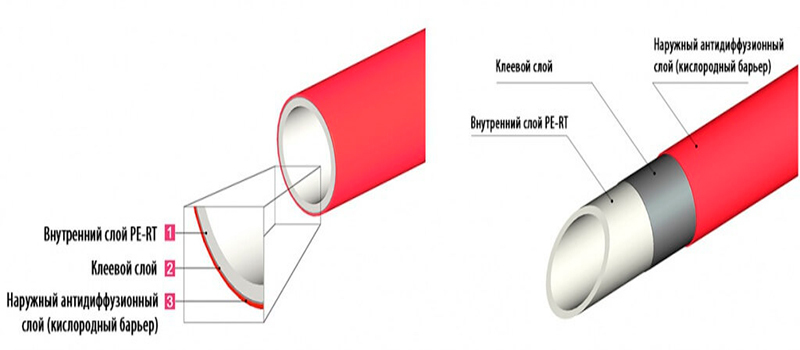
Features and production technologies
The production uses polyethylene crosslinked at the molecular level. There are cross-links between the molecules in the structure. This addition made it possible to increase the strength, rigidity and resistance of the material to extreme temperatures.
Stitching is done in several ways:
- Peroxide method. Provides high quality stitching. The main disadvantage of such pipes for water supply is their high cost. Crosslinking is performed using hydrogen peroxide. The result is a uniform seam.
- Silane method. Crosslinking is carried out using silane, water, and catalysts. The method is widespread, but inferior in quality to the previous one.
- Nitrogen method. Crosslinking is carried out with the participation of nitrogen radicals. Stitching quality - 70%. The method is rarely used, since special conditions are required for production.
- Radiation physical method. During production, the polyethylene mass is driven through an electron accelerator. It is affected by X-rays or gamma radiation. The method is not very popular, since the percentage of stitching is no more than 60%.
When choosing, pay attention to the method of crosslinking polyethylene. This determines the characteristics of the products.
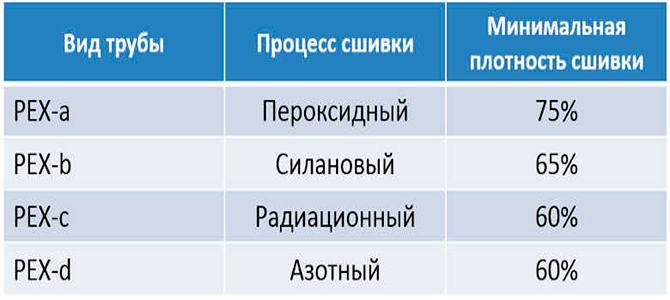
Pros and cons of products
Cross-linked polyethylene pipes for water supply have the following advantages:
- resistance to aggressive substances that can be transported through the pipeline;
- environmental friendliness - there are no toxic substances in the cross-linked polyethylene, which allows it to be used for the construction of various communications, including water supply systems;
- resistance to ultraviolet radiation - compared to other polymers, polyethylene does not lose its properties when exposed to direct sunlight;
- elasticity - sewn pipes lend themselves to bending, which makes it possible to lay the pipeline according to different schemes (the number of joints is reduced);
- XLPE pipelines are lightweight and can be installed on any base;
- resistance to sudden changes in temperature - the pipeline does not need insulation, it can be laid in different places;
- ease of installation - to build communication, you do not need special skills, work experience or special tools;
- service life is 50 years;
- polyethylene does not corrode.
Correct installation work ensures the reliability of the connection. The pipes have smooth walls, which eliminates the accumulation of deposits inside the pipeline for water supply.
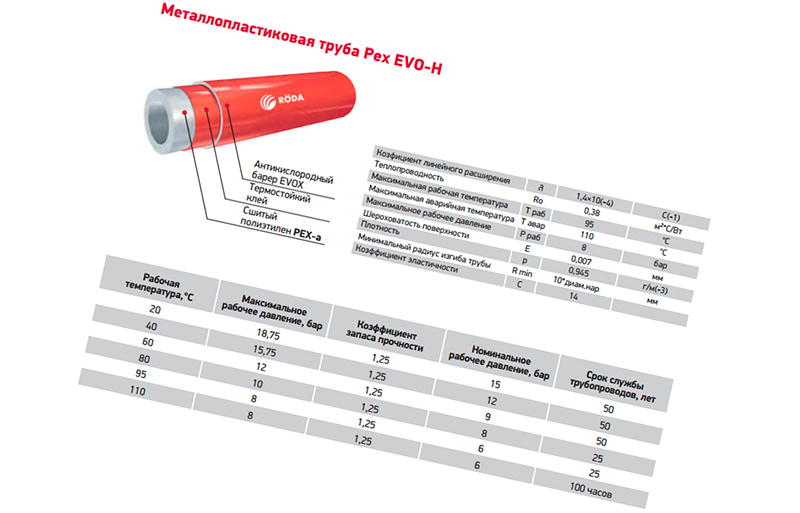
Disadvantages:
- features of laying - it is undesirable to carry out open laying of pipes outside the structures;
- high price;
- transportation and installation work is carried out carefully, since the pipes are easily damaged.
Even such shortcomings do not affect the demand for material for water supply systems.
How to choose products
When choosing, pay attention to:
- stitching method;
- the presence of a protective coating;
- diameter and wall thickness;
- manufacturer.
Preference is given to well-known manufacturers such as:
- Rehau;
- Valtec;
- Uponor;
- BIR PEX and others.
When it comes to water supply or heating, you need to choose products that are durable and safe.
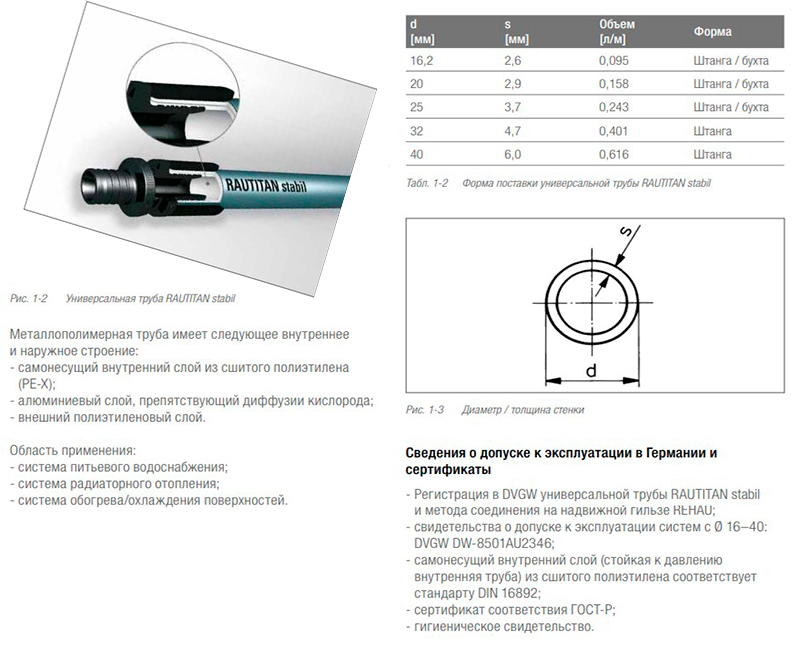
A cross-linked polyethylene pipe is an option for those who want to create a highway at home or in the country that will last for more than a dozen years. Carry out the installation either independently, following the instructions, or with the help of professionals.
If you had a water supply system at home, what products would you prefer? Write in the comments. Share the article on social networks and save it to bookmarks so as not to lose it.
We also recommend watching selected videos on our topic.
Which pipe is better? Reinforced-plastic pipes or XLPE? Classes of pipe operation.
Tools for the installation of heating and water supply systems made of cross-linked polyethylene.

